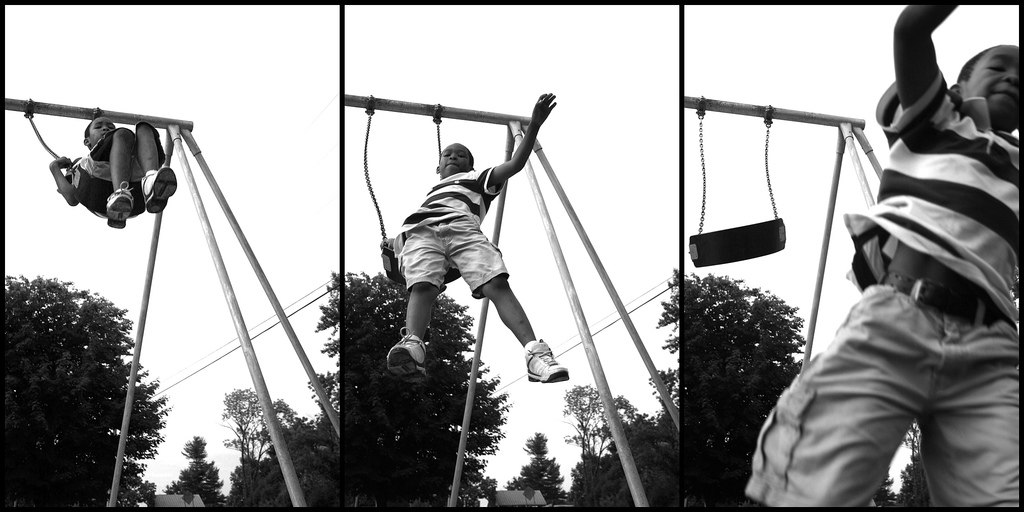I stopped dead in my tracks when I read the following sentence about anger:
When we are angry, three things are happening:
- We are upset because we are not getting our needs met;
- We are blaming someone or something else for not getting what we want;
- We are about to speak or act in such a way that will almost guarantee we will not get what we need, or that we will later regret
– by Shari Klein and Neill Gibson, in What’s Making you Angry?: 10 Steps to Transforming Anger So Everyone Wins
I was nailed. And this was just the first sentence.
Klein and Gibson offer 10 Steps to dealing with anger that I’ve adapted for you here:
- Think of anger as a red light on your dashboard – Anger is a signal to focus your attention on what you need so that you can make life enjoyable for yourself and others.
- Look clearly at what happened – Make an observation free from judgment and interpretation because when you can talk about “just the facts” other people are less likely to be defensive.
- Take responsibility – We are responsible for our feelings. Other people can’t “make” you feel mad. When you focus your attention on your needs and values, anger melts away. This is not the same thing as “calming down”.
- Get clear about what you feel – Identify the feeling underneath your anger. What’s there? Disappointment, fear, frustration, guilt, regret, or . . .?
- Determine your needs – Identify what unmet need you have. Klein and Gibson state that, “As we focus our attention on meeting these needs we begin to connect with others at that place within us where we are all essentially the same.”
- Find the “Do” behind the “Don’t”: Focus on what you do want to happen, not on what you don’t want. Instead of wanting your kids to stop fighting, focus on wanting them to use talking to work out a disagreement.
- Think of a clear action request – Ask yourself, “Right now, what could the other person say or do to honor my needs?” You aren’t talking yet – wait for Step 9. Think of what you could ask the other person to do. “Would you be willing to . . .”
- Name their feelings and needs – When you identify other’s feelings and needs, even if you are only guessing, you replace “your ‘enemy’ image of the other person with a vision of something beautiful and sweet”.
- Decide whose need you will talk about first – If you are helping two kids work out a disagreement this can be an important step so that each child knows that she will get a turn to tell her side of the story.
- Start talking – “The process is complete only after both people have been heard and understood and walk away satisfied.”
I’m guessing you’re thinking something like “But how do I do this with kids?” Use this as a model for handling your own anger AND for being a “consultant” when your child feels anger. Help him identify the feeling underneath his anger, what his unmet need is, make an observation and a request using positive language.
If your children are fighting over a toy but one is too young to talk, you do the talking for her—identifying the feeling, need, observation and making a request—in kid-friendly language. You can say to the other child, “She’s crying because that’s her way of saying, ‘I don’t like it when you take my toy [observation]. I want you to give it back [request]. I’m crying because I’m sad [feeling]. I was having fun’ [need].”
What successes have you had when working things out with your kids this way? What questions do you have about it? Leave a comment. We read them all and we will answer as many as we can. Participate in this wonderful community; that’s where the best stuff happens.
To your growth,
Cecilia and Jason









